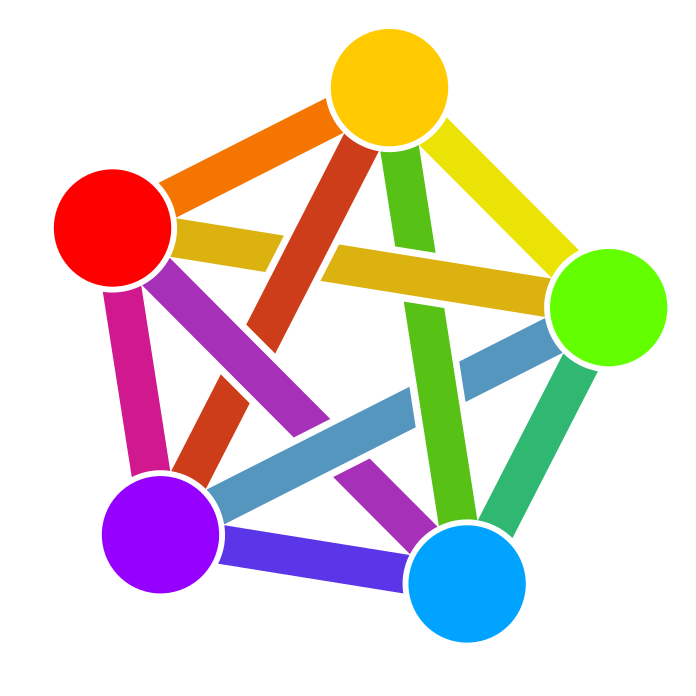

No, it’s built into the protocol: think of it like as if every http request forces you to attach some tiny additional box containing the solution to a math puzzle.
The twist is that you want the math puzzle to be easy to create and verify, but hard to compute. The harder the puzzle you solve, the more you get prioritized by the service that sent you the puzzle.
If your puzzle is cheaper to create than hosting your service is, then it’s much harder to ddos you since attackers get stuck at the puzzle, rather than getting to your expensive service





24, always driven manual, EU.
From my experience most people in the EU can or at least could: This is because many (if not all, not sure) countries make a distinction between manual and automatic licenses (see e.g. https://www.learn-automatic.com/qualified/automatic-driving-licence/).
I.e. if you want to drive manual, you have to take the test manual, but if you take the test on manual transmission, you are allowed to drive automatics as well.